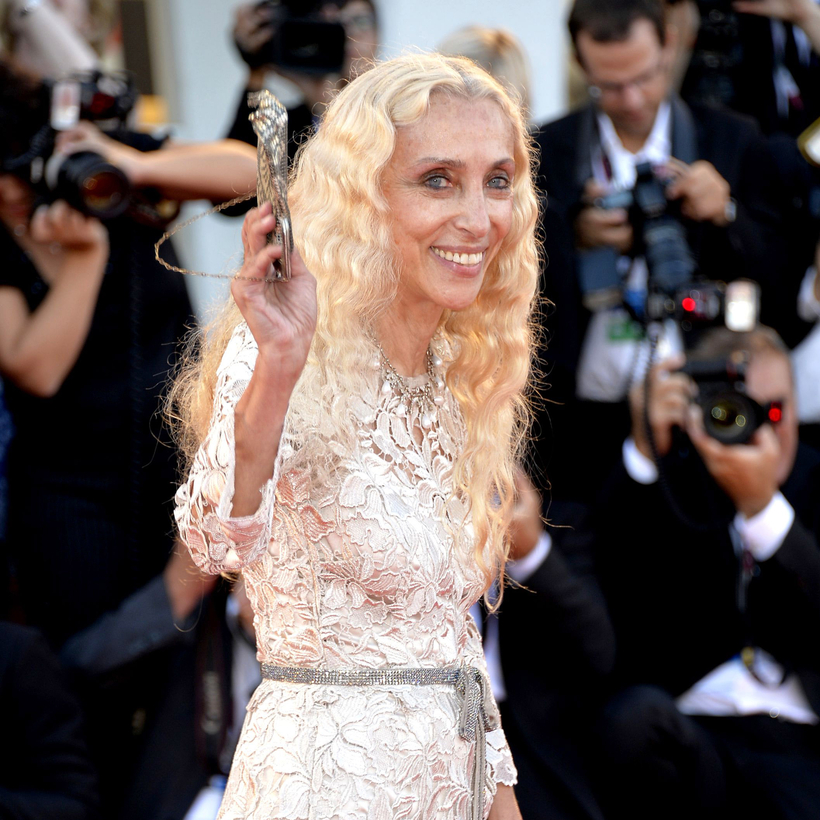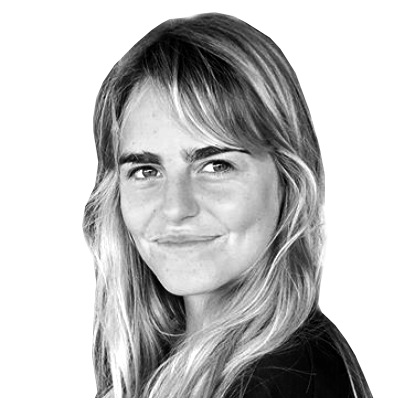With Milan Fashion Week in full swing, the talk of the town among le sciure (the city’s well-to-do ladies) is not what runway show they will attend or whose cocktail party they were invited to but rather which clothes belonging to the late Italian Vogue editor Franca Sozzani they will spring for—and then try desperately to fit into.
Last weekend, a few steps away from the Cimitero Monumentale—where mausoleums designed by Gio Ponti, Lucio Fontana, and Giò Pomodoro honor the deceased scions of the city’s industrialist dynasties—a crowd gathered at Via Enrico Tazzoli 3, where a sale of Sozzani’s clothes is taking place through the end of next month.
Clothing sales are not new for Italy’s capital of fashion. At any given time, sample and off-the-runway sales dot the city, and in 2016 there was an auction of the revolutionary fashion writer Anna Piaggi’s jewelry. Buying unique, hard-to-find fashion pieces is a ritual of sorts for the Milanese. But nothing has elicited the same level of excitement, speculation, and straight-up lust that is playing out over Sozzani’s clothes.

The opening came at the perfect time—a few days before Fashion Week, which is on through Monday, before Moncler’s 70th-anniversary dinner on Via Cena and tomorrow night’s starry La Scala Sustainable Fashion Awards. And it will be re-stocked with new items daily, which means the people who got there on day one are not necessarily any better off than the rest of us.
The sale is organized by the Franca Sozzani Fund for Preventive Genomics, founded by Sozzani’s son, the filmmaker Francesco Carrozzini (who is married to the American Vogue editor Anna Wintour’s daughter, Bee Shaffer), following Sozzani’s death from cancer, in 2016. (Proceeds from the sale go to the Franca Fund. Many of the purchases come with their twin NFTs, which certify the garments as originally owned by Sozzani.)
Where Wintour is known for bringing fashion to the masses, starting from her commercial-feeling first cover, picturing a smiling, blonde model in blue jeans, Sozzani had a reputation for edge. She explored difficult political issues, worked with daring photographers, and epitomized high fashion both in her magazine and in the clothes she wore.
The event at Via Tazzoli 3, a site of the Franca Fund, is part exhibition, part sale. Some statement pieces on show are not for sale, such as the sheer black Valentino dress Sozzani wore to the Met Gala in 2011, a gold-studded Atelier Versace gown she wore during a 2007 Fashion Week, and a 2014 couture Elsa Schiaparelli skirt.
Most of the rest is up for grabs. In a polished, elegant space with large windows and white marble floors, ladies elbow each other for custom-made Azzedine Alaïa dresses from the designer’s last collection; kitten-heeled Manolo Blahniks (pray you are a size 7); a suede Valentino skirt with large flowers; and a camel-colored Yves Saint Laurent fringed cape; plus bags by Fendi (gray on the day I went) and Louis Vuitton (pink). This being Milan, there was also endless Prada.
The pieces trace Sozzani’s fashion evolution. “Franca’s style had two periods,” Sozzani’s sister, Carla, the editor, gallerist, and 10 Corso Como founder, told Vogue. “The first was very sober and somewhat androgynous.” Around 2010, “she began to wear more feminine, varied, colorful floral garments.”

The slight hitch in all this being—as anyone who knew Sozzani will tell you—that she was tiny. Many of the shoppers have found they can’t even fit an arm into her Alberta Ferretti coats, forcing them to leave Via Tazzoli without a single purchase. A friend who works in the fashion industry scowled when she referred to the sale, and said dismissively that Sozzani’s dresses “were quite matronly anyway.”
As I perused some pieces, an indignant woman flung the clothes she’d tried on back onto the rack. “This is a skinny woman’s paradise,” she said as she stormed out.
Those who were lucky enough to fit into the clothes were gleeful. One woman even bragged that she would have to get the gold Gucci dress she had bought taken in.
While Americans might have shrugged this all off and been on their way, for Northern Italians who grew up on espressos and cigarettes, not fitting, no matter how small Sozzani was, is an offense that’s not taken lightly. As the Milanese socialites love to say, “Una donna non è mai né troppo magra né troppo ricca” (“A woman is never too skinny or too rich”).
The Franca Fund exhibition and sale is on at Via Enrico Tazzoli 3, in Milan, through October 30
Elena Clavarino is an Associate Editor for Air Mail


